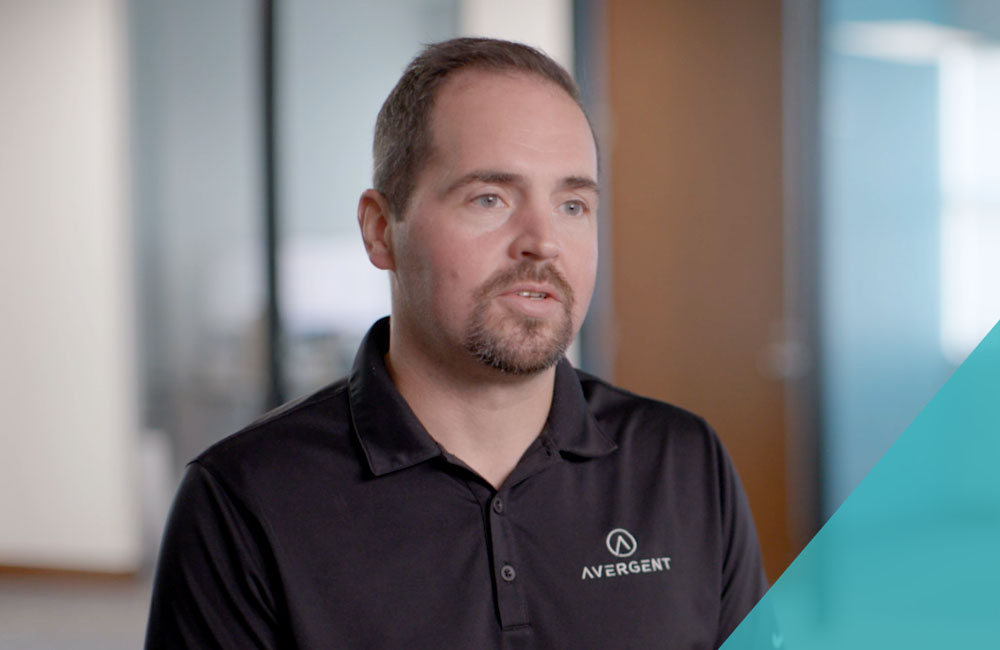
When Do Your HDHP savings hit their limit?
The adoption of high-deductible health plans (HDHPs) appears to be slowing. What does that mean for your efforts to reduce health benefit spending?
The PwC Health Research Institute’s annual review of “Medical cost trend: Behind the numbers 2018” takes a closer look at the impact of HDHP trends. The PwC report says only 28 percent of employers are considering offering HDHPs as the only benefit option to employees in the next three years. That compares to 44 percent who were considering it in 2014.
Meanwhile, the number of employers who have already adopted HDHPs as their sole benefit option remains flat at roughly 1 in 4 employers. Within The Alliance network, the 2016 Annual Benefits Survey put the number of employers offering HDHPs at 18.7 percent.
More Popular with Employers than Employees
The slowdown in HDHP adoption should be kept in perspective by the growing popularity of HDHPs among all employers. Another PwC report, the 2017 Health and Wellbeing Touchstone Survey, noted that 73 percent of employers offer an HDHP option.
The Touchstone survey also provides perspective on employees’ attitudes toward HDHPs: When HDHPs are offered alongside PPOs, the PPO is still likely to have the highest enrollment. Overall, the plan option with the highest enrollment remains PPOs at 44 percent, with HDHPs at 34 percent.
You can get the answers about HDHPs and other benefit trends at the July 25, 2017 Alliance Learning Circle at The Alliant Energy Center. Two experts will interpret benefit trends for members: Benjamin Isgur, who leads PwC’s Health Research Institute, and Dr. Scott Conard, a Texas-based physician who is a health care advisor and strategist with Converging Health, LLC.
Consumer Responses
While HDHPs are likely to continue to play a part in benefit planning, employers should pay heed to the PwC medical cost trend reports’ advice that “cost sharing has its limits.” Here are some intriguing PwC report highlights:
- There are limits to what consumers can shop for in health care, which means there are limits to HDHPs’ ability to influence consumer choices based on cost.
- HDHPs can have “unintended consequences” when they prompt employees to skip preventive care or forgo prescription drugs, which can lead to higher absenteeism or lower productivity.
- When employees have the option, most still opt for PPO plans. A PwC survey of consumers enrolled in an HDHP found that 69 percent would choose a different plan the next year if they had the option, even if they had to pay more in premiums.
What’s Ahead?
HDHPs remain a valuable tool for employers to help manage health benefit spending. If health reform expands the use of health savings accounts (HSAs) linked to HDHPs, it could “reinvigorate” employers’ interest in HDHPs, the PwC report says.
Without that stimulus, the current slowdown in HDHPs could mean there will less “downward pressure” on utilization of health care services. That means employers may have to look for other options to control health benefit spending.
[box]
Learn more about High Deductible Health Plans (HDHPs)
- HDHP Considerations for Employers and Their Employees
- Sending the Right Signals with HDHPs
- Finding the ‘New Normal’ in Medical Cost Trends for Employers
[/box]








